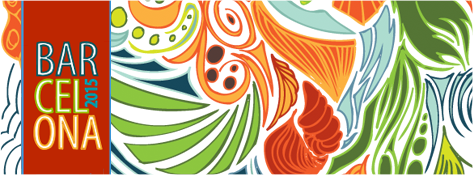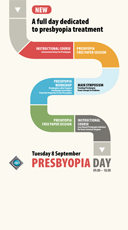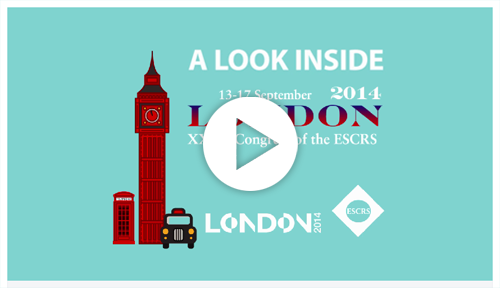The effect of pulsed cross-linking on corneal biomechanics
(results will display both Free Papers & Poster)
Session Details
Session Title: Cross-Linking
Session Date/Time: Sunday 06/09/2015 | 08:00-09:30
Paper Time: 08:18
Venue: Main Auditorium
First Author: : S.Kling SWITZERLAND
Co Author(s): : O. Richoz A. Hammer D. Tabibian F. Hafezi
Abstract Details
Purpose:
Pulsed UV irradiation aims at overcoming insufficient tissue oxygenation during accelerated corneal cross-linking (CXL). In this study we compare the biomechanical effect of different pulsed and standard continuous CXL protocols.
Setting:
Laboratory for Ocular Cell Biology, University of Geneva, Rue Michel Servet 1, 1206 Geneva, Switzerland
Methods:
25 freshly enucleated porcine eyes were divided into 5 groups. Corneas were de-epithelialized and riboflavin was instilled for 30 minutes, prior to UV-irradiation: Group I received 30 mW/cm2 in 1s-on 1s-off intervals during 8 minutes. Group II received 100 mW/cm2 in 10ms-on 990ms-off during 11 minutes. Group III received 9 mW/cm2 continuously during 10 minutes. Group IV received 3 mW/cm2 continuously during 30 minutes. Group V was not irradiated and served as control. Corneas were cut into 2 strips and subjected to pre-conditioning, stress-relaxation at 0.6 MPa and stress-strain testing up to 5.7 MPa.
Results:
From stress-relaxation tests, pulsed and accelerated CXL (groups I-III) showed with 402±24 kPa a significantly decreased (p≤0.006) resistance to stress, compared to 441±19 kPa in the standard CXL protocol (group IV), but a significantly increased resistance (p≤0.017) to stress compared to 364±20 kPa in the control (group V). No significant differences (p≥0.732) were observed within pulsed CXL protocols (398±34 vs 402±34 kPa), or between pulsed and accelerated CXL protocols (400±34 vs 397±25 kPa).
Conclusions:
Our results indicate that pulsed CXL and continuous accelerated CXL had the same effect, but were both inferior to standard CXL.
Financial Interest:
NONE





